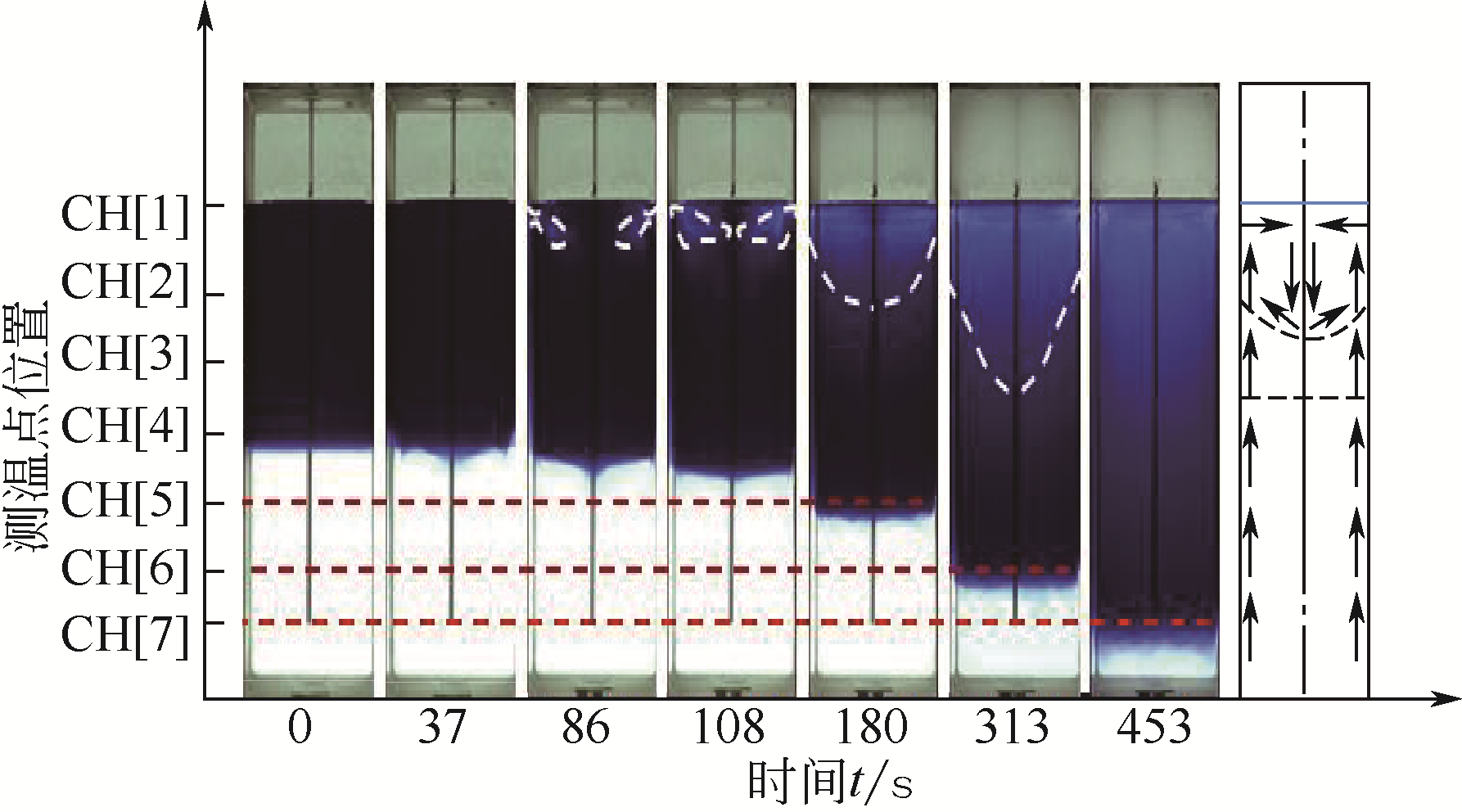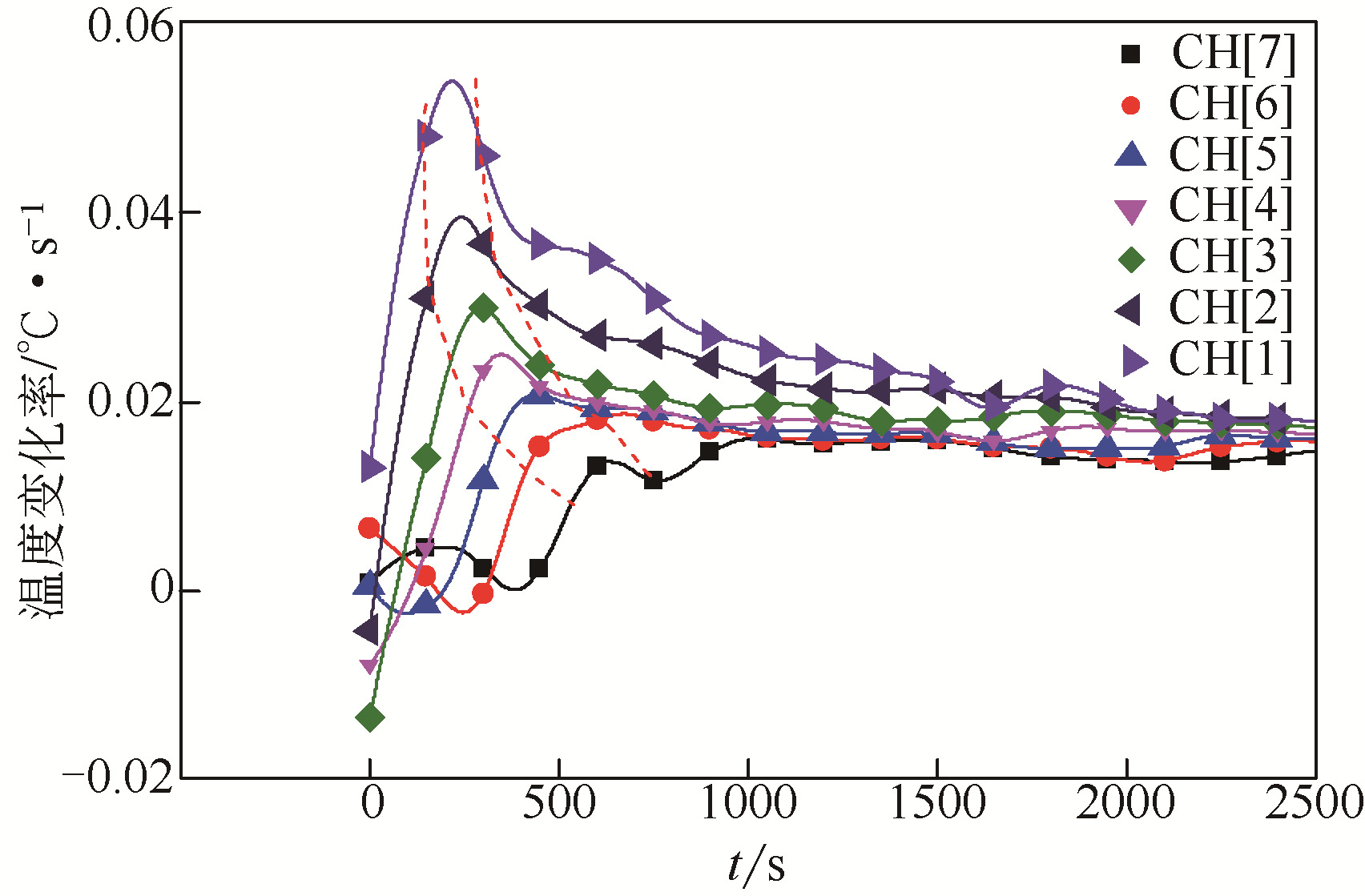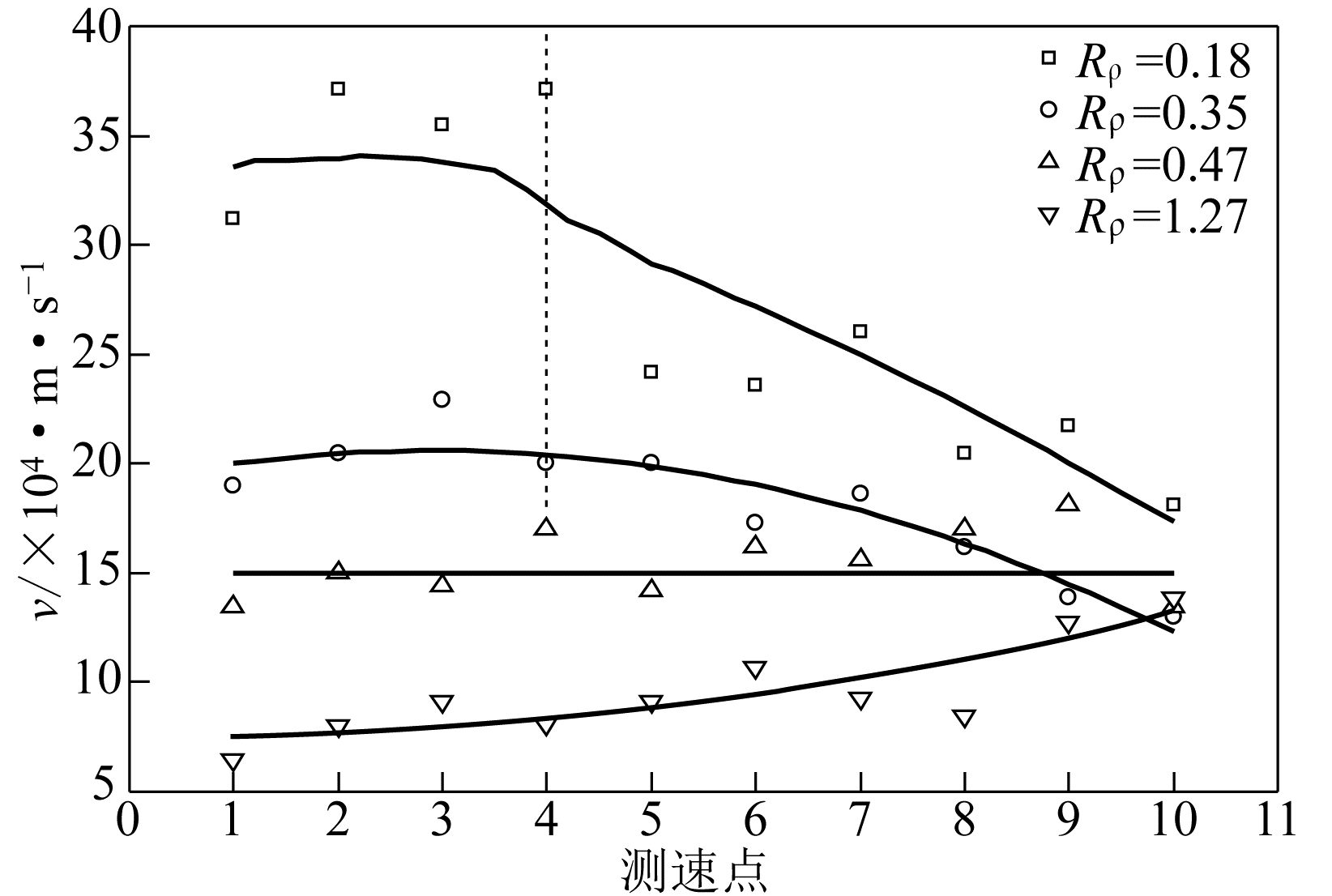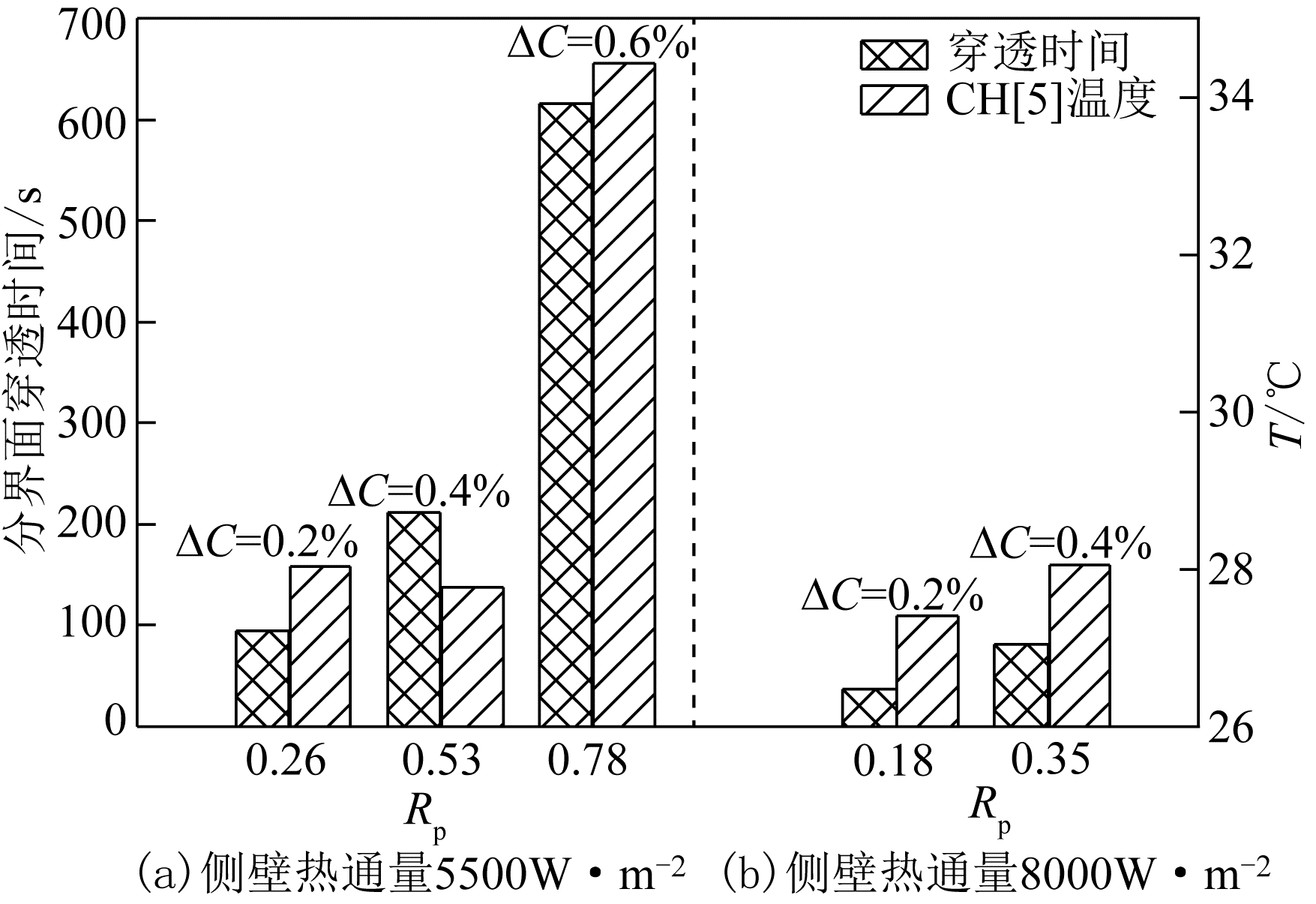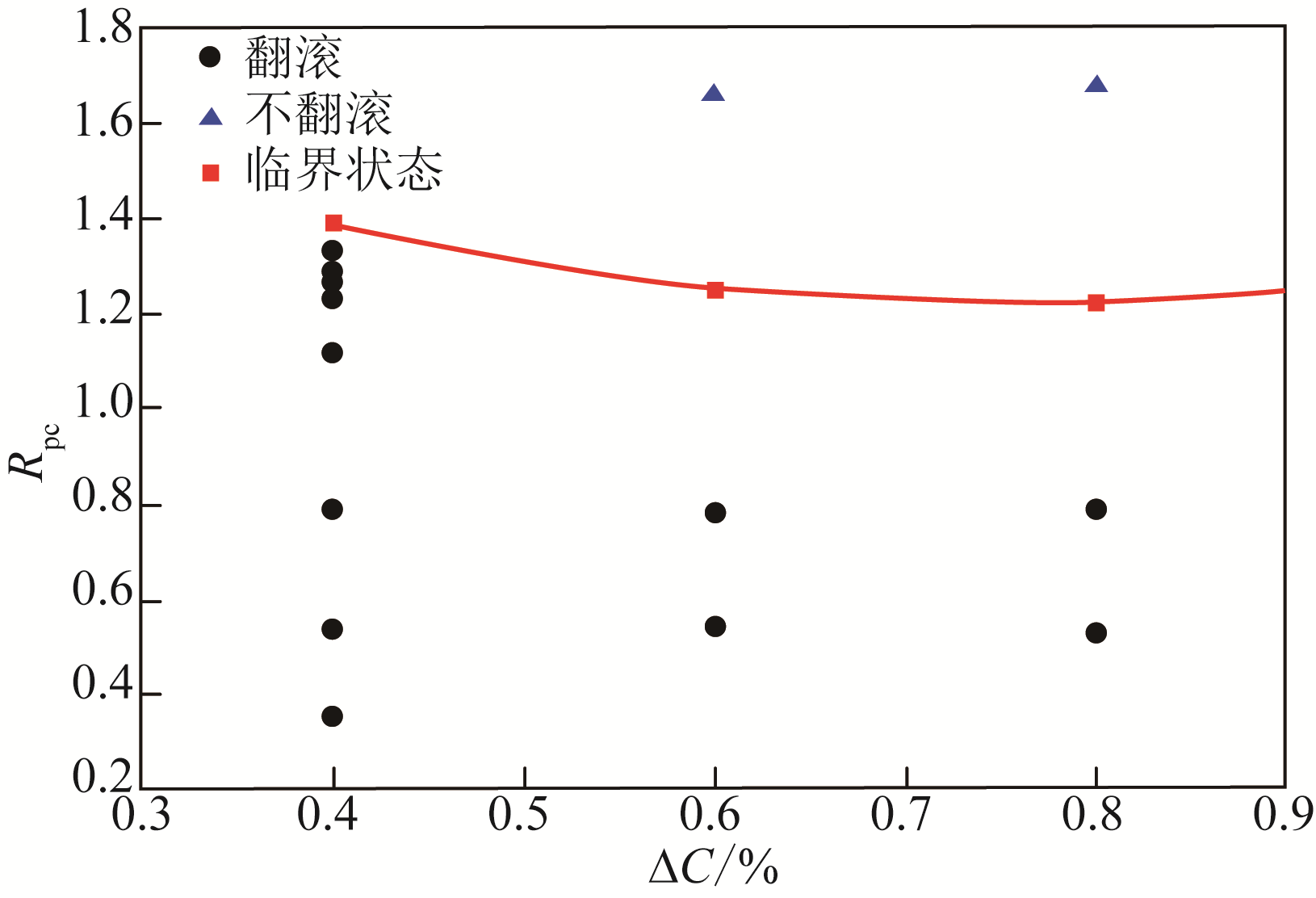| 1 |
SARSTENJ A. LNG stratification and rollover [J]. Pipeline and Gas Journal, 1972, 199(11): 37-39.
|
| 2 |
MAKAYSSIT, LAMSAADIM, NAIMIM, et al. Natural double-diffusive convection in a shallow horizontal rectangular cavity uniformly heated and salted from the side and filled with non-Newtonian power-law fluids: the cooperating case [J]. Energy Conversion and Management, 2008, 49: 2016-2025.
|
| 3 |
KAMAKURAK, OZOEH. Three-dimensional analyses of double diffusive convection in a two-layer system at high Rayleigh number [J]. International Journal of Thermal Sciences, 2002, 41: 1045-1053.
|
| 4 |
王萍, 彭文山, 曹学文, 等. 大型LNG储罐储液翻滚特性的多阶段研究[J]. 石油工程建设, 2016, 42(1): 14-20.
|
|
WANGPing, PENGWenshan, CAOXuewen, et al. Multi-stage study on rolling characteristics of liquid in large LNG storage tank [J]. Petroleum Engineering Construction, 2016, 42(1): 14-20.
|
| 5 |
VARMAS S, ATULSRIVASTAVA. Real-time two-color interferometric technique for simultaneous measurements of temperature and solutal fields [J]. International Journal of Heat and Mass Transfer, 2016, 98: 662-674.
|
| 6 |
TURNERJ S. The coupled turbulent transports of salt and heat across a sharp density interface [J]. Heat Mass Transfer, 1965, 8(5): 759-767.
|
| 7 |
石科峰, 卢文强. 双扩散对流条件下圆柱容器内温度场和浓度场分层现象[J]. 科学通报, 2006(4): 473-479.
|
|
SHIKefeng, LUWenqiang. Temperature field and concentration field stratification in a cylindrical vessel under double diffusion convection conditions [J]. Chinese Science Bulletin, 2006(4): 473-479.
|
| 8 |
CHENZhiwu, ZHANJiemin, LIYoksheung, et al. Double-diffusive buoyancy convection in a square cuboid with horizontal temperature and concentration gradients [J]. International Journal of Heat and Mass Transfer, 2013, 60: 422-431.
|
| 9 |
李文婷, 李永放. 两层和多层结构中盐指现象的数值模拟[J]. 陕西师范大学学报(自然科学版), 2016, 44(3): 57-63.
|
|
LIWenting, LIYongfang. Numerical study of salt-figuring phenomenon of bilayer and multilayer structure [J]. Journal of Shaanxi Normal University (Natural Science Edition), 2016, 44(3): 57-63.
|
| 10 |
VINCZEM, BORCIAI, HARLANDERU. Double-diffusive convection and baroclinic instability in a differentially heated and initially stratified rotating system: the barostrat instability [J]. Fluid Dynamic Research, 2016, 48: 061414.
|
| 11 |
POL S, FERNANDOH, WEBBS. Evolution of double-diffusive convection in low-aspect ratio containers [C]// APS Division of Fluid Dynamics Meeting. APS Division of Fluid Dynamics Meeting Abstracts, 2010.
|
| 12 |
REDDYC S. Numerical and experimental investigation of layer merging in double-diffusive convection in a slot [D]. Potsdam,NY:Clarksoh College of Technology,1977.
|
| 13 |
TAYLORR J, GEORGEV. Experiments on double-diffusive sugar-salt fingers at high stability ratio [J]. Journal of Fluid Mechanics, 1996, 321: 315-333.
|
| 14 |
SHAWei, RENJingjie, ZHANGHan, et al. Analysis of the interfacial instability and the patterns of rollover in multi-component layered system [J]. International Journal of Heat and Mass Transfer, 2018, 126: 235-242.
|
| 15 |
SHAWei, RENJingjie, WANGCheng, et al. Dynamic characteristics of the initial interface in stratified multi-composition liquid tanks during rollover [J]. Applied Thermal Engineering, 2018, 145: 396-406.
|
| 16 |
BERGMANT L, UNGANA. A note on lateral heating in a double-diffusive system [J]. Journal of Fluid Mechanics, 1988, 194: 175-186.
|
 ),Jingjie REN,Wei SHA,Yihui ZHOU,Mingshu BI(
),Jingjie REN,Wei SHA,Yihui ZHOU,Mingshu BI( )
)

